Words and image supplied by Ballance Agri-Nutrients
As an essential nutrient for plant growth and development, nitrogen (N) is critical for increasing crop yields.
N is vital for chlorophyll production, which enables plants to photosynthesise (convert sunlight into sugars). With sufficient N crops grow fast and produce abundant green foliage, further increasing their ability to photosynthesise and improve yield.
The two broad types of soil N are mineral N (plant available forms, such as nitrate and ammonium) and organic N (not plant available, and gradually converted by soil microbes into mineral N).
Soils can be tested for these types of N using the Mineral N (or Deep N) test to measure readily available forms of N, and the Available N test for N that has the potential to be mineralised by microbes during the growing season.
The test to use depends on the crop. Mineral N tests are generally used for cereals and grass seed and taken as close to N side dressing as possible. More commonly used Available N tests are used for forage crops such as maize, fodder beet and brassicas.
When using N fertiliser to ensure crops have adequate N, rate and timing depend on variables such as the crop, amount of soil N, anticipated yield, timing of sowing, climatic conditions and grazing (see Table 1).
Table 1 Timing and rates of N application for crops
|
Crop
|
Timing of N application
|
Side dressing typical rate*
|
|
New pasture
|
After first grazing (typically 5-6 weeks), then after each grazing (around every 6-8 weeks).
Application rate and frequency depend on climatic conditions and feed requirements. New pasture has higher N requirements in first 12-18 months, due to establishment of clover.
|
50-65 kg/ha SustaiN
|
|
Autumn sown wheat
|
Apply 2/3 of total N at GS 30/31 and remaining 1/3 at GS 39.
|
120 kg/ha SustaiN Ammo 36N and/or 100-200 kg/ha SustaiN
|
|
Maize
|
Side dressing once plants have 6 fully emerged leaves (GS 6)
|
100-200 kg/ha SustaiN or SustaiN K if potassium required
|
|
Spring sown Barley
|
1/3 of total N at sowing
Side dressing of 2/3 of total N by end of tillering stage (GS 20-29)
|
100-200 kg/ha SustaiN
|
|
Fodder beet
|
Single application at canopy closure
|
100-150 kg/ha SustaiN or SustaiN K range if potassium required
|
|
Brassicas
|
4-6 weeks after emergence at canopy closure, then at around 8-12 weeks
|
80-150 kg/ha SustaiN
|
*Application rate depends on time of sowing, yield and soil N. Seek expert advice to determine recommended rate and product type.
Best in N
A wide range of N products are available to meet the varying requirements of pasture and crops.
The SustaiN range is best for boosting pasture and crop growth. It provides greater flexibility of use, reduced N losses to the air (volatilisation) and increased N efficiency, and can be applied exactly when the crop needs N (unlike urea fertiliser which requires 5 to 10 mm of water within eight hours of application to reduce volatilisation).
SustaiN 15K, 20K and 25K boost growth and replenish potassium levels, and are useful for maize and fodder beet.
Where N and sulphur are required, especially in early spring, SustaiN Ammo 30N and 36N provide both N and readily available sulphate sulphur, and are ideal for promoting growth in pastures or autumn and spring sown cereals. For increased spreadability, especially at high spread widths, compound fertiliser products such as YaraVera Amidas or Advance SOA can be used.
N can be prone to losses such as volatilisation and leaching and can have animal health risks if applied near grazing. When determining your product and application rate it is important to seek advice and consider crop yield, sowing date, grazing date and existing soil N.
Related
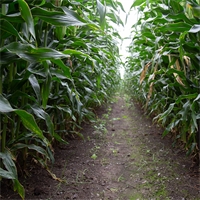
As farm businesses begin to calculate their annual total on-farm greenhouse gas emissions, FAR is re...
Read More
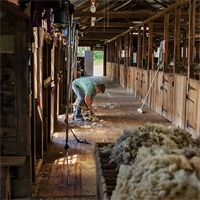
Amongst the casualties of North Canterbury’s devastating 2016 7.8 earthquake was a landmark woolshe...
Read More

There is a minefield of information out there around wellbeing in the workplace, strategies for this...
Read More
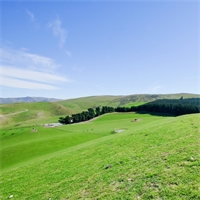
The autumn period has produced a more consistent spell of warmer weather than we had for the entire ...
Read More
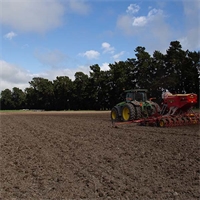
We look at the latest Agronomy update for spring pastures, cereals and winter feed.
Read More
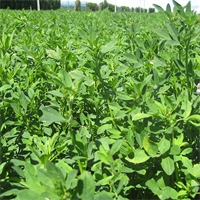
Farmers looking to prolong the longevity and health of their lucerne stands have a new weed control ...
Read More